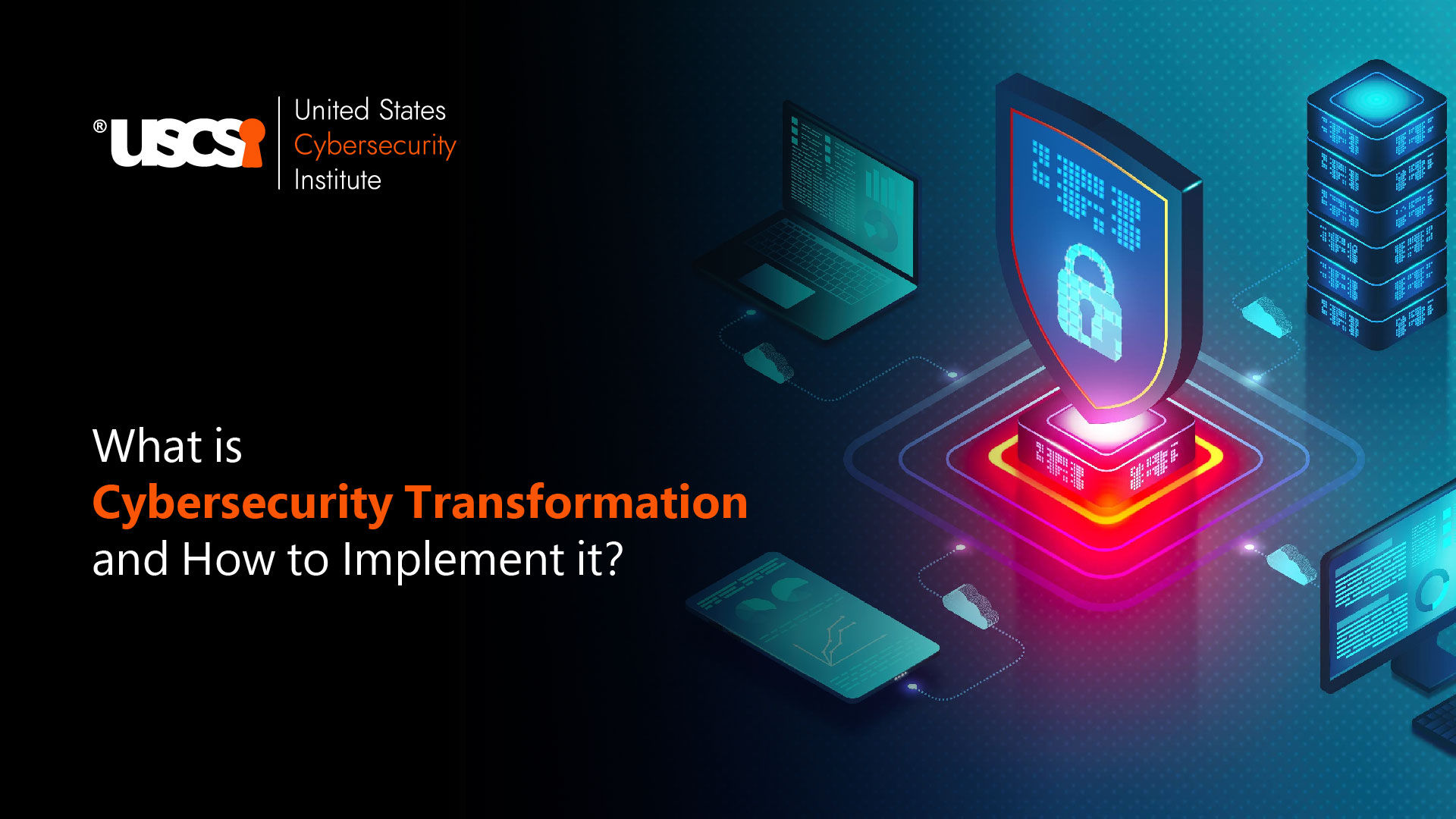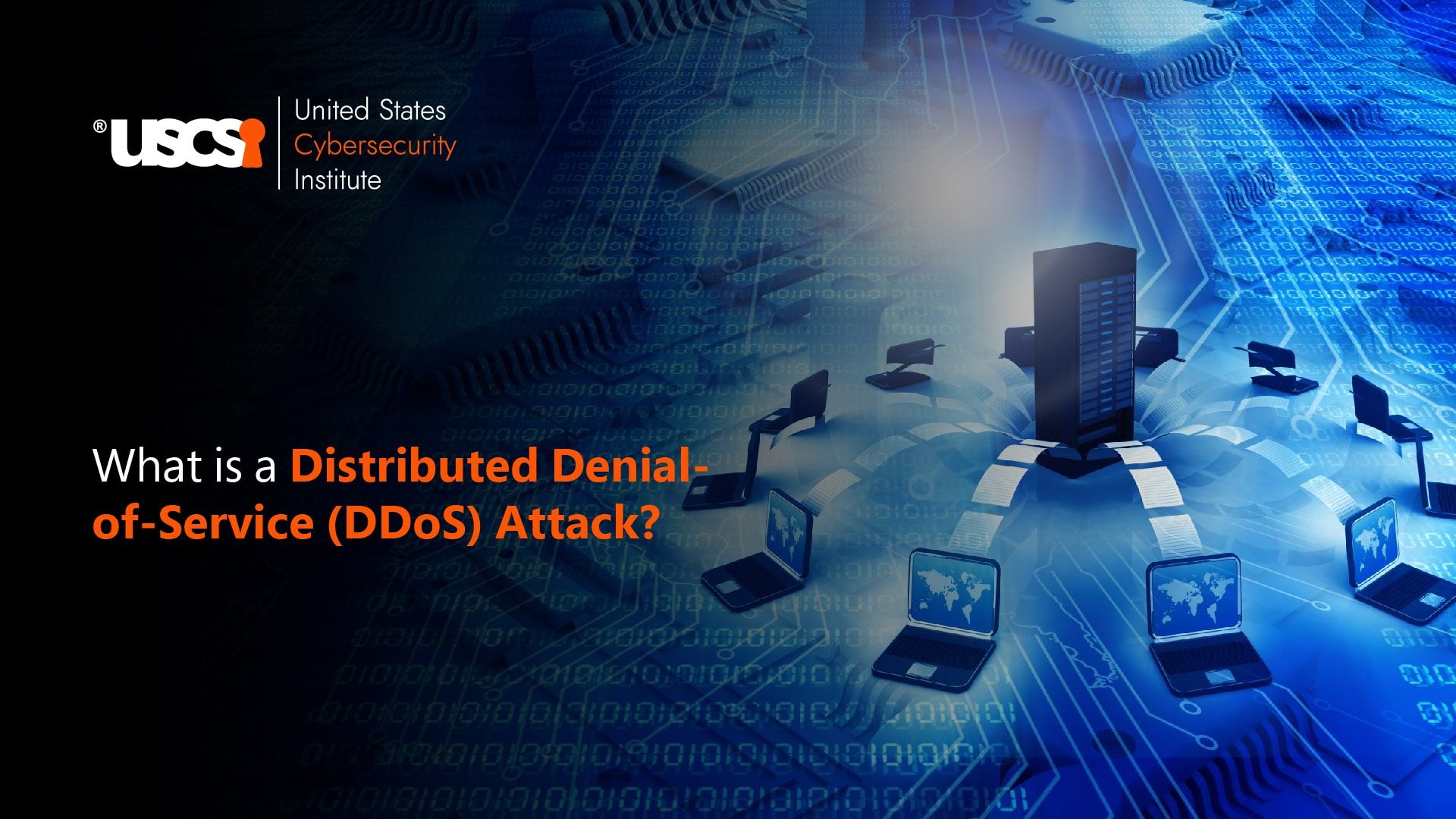

The Great Wall of Cybersecurity: Understanding Firewalls
In medieval times, every castle had a moat surrounding it for security so that unwanted enemies could not get through. In today's digital world, firewalls play a similar role, filtering out unwanted elements and malicious actors from the network, keeping it secure. This forms a crucial part of any organization's cybersecurity strategies and overall security system.
Like many other technologies before it, firewalls have evolved tremendously over the years, almost keeping up with cybercrime (almost!). What used to be black boxes have turned into sophisticated lines of IaaC (Infrastructure as Code). In essence, a firewall is a network security device or a chunk of code that monitors and controls incoming and outgoing network traffic based on predetermined security rules. It establishes a barrier between trusted internal networks and untrusted external networks, such as the Internet.
How we arrived here
The concept of firewalls originated in the late 80's, evolving from simple packet filtering to more sophisticated methodologies such as Stateful inspection. This evolution has included the development of software firewalls, which can be installed on individual devices, and proxy firewalls, which act as intermediaries between internal and external networks. Firewalls have become the cornerstone of modern cybersecurity and a testament to humans' enduring drive for protection and control. To truly understand firewalls, we must first grasp the evolution of the internet. For the first time in history, we have created a space, where information can flow freely across vast distances, transcending physical boundaries and traditional power structures. This newfound freedom, however, comes with its own set of challenges and vulnerabilities.
So, how does a firewall work?
At their core, firewalls operate on a single principle: they examine network traffic and decide whether to allow the traffic within the network based on a set of pre-defined rules. This process involves complex algorithms and sophisticated decision-making processes that occur in milliseconds. For cybersecurity professionals, understanding these mechanisms is crucial for implementing effective network security measures.
......and the continuously changing landscape
The firewalls that the technology industry uses today are incredibly sophisticated and intuitive. They analyze traffic in real-time, identify anomalies in workflow and block potential threats before they cause any damage. As companies move more of their applications and workloads to the cloud, FWaaS (Firewall as a Service) is becoming more popular by the day. It offers scalability, flexibility, and integrated security solutions from multicloud and hybrid cloud environments. This evolution in firewall technology presents new opportunities and challenges for those pursuing a cybersecurity career.
Trends Shaping the Future of Firewalls
There have been several developments in the field of firewalls and as cyber threats continue to evolve and new threats emerge, blue teams are using advanced technologies to mitigate risk and secure their application workloads. Let’s delve into some major ones:
AI and ML
AI and ML are practically reshaping the entire firewall landscape. AI and ML empower firewalls to learn from massive volumes of data, identify potential threats with unprecedented accuracy. ML algorithms can analyze network traffic for the detection of anomalies, some of which we never before believed existed. These make zero day attacks a thing of the past.
Zero Trust
Zero trust architecture model, based on the tenet of , “Never Trust, Always Verify” has gained traction in recent times. Firewalls play a crucial role here, enforcing strict access controls and continuously monitoring all network traffic. Think of it as an enforcer for Zero Trust Architecture. In the future, according to technologists, will integrate seamlessly with Cloud Identity and Access Management, ensuring that only authenticated and authorized users can access sensitive information.
Cloud-Native
With traditional perimeter models slowly but surely becoming obsolete, organizations of all types, even governments, are moving their workloads to the cloud, the emergence of Cloud Native Security is a no brainer. Cloud Native Firewalls do the trick, along with UnifiedThreat Management Consoles. They are designed to protect cloud workloads, regardless of the type of cloud. All of this comes with centralized management consoles for security teams. These firewalls have the ability to enforce security policies across all cloud assets.
Deception Technology
While the name doesn’t sound like it belongs to this blog, it is a serious and rapidly emerging field in the domain of firewalls and Network Security. Deception Technology involves the creation and deployment of synthetic decoys which float around the network as vulnerable assets, such as a login ID and password, and gathering of the much-needed intelligence of the threat actor’s strategy. For example, if an attacker hacks into a network to access information, their malware will encounter these decoys and investigate their components and functions. The technology will then create steps and guardrails to prevent any damage to the network or any network assets, thereby shielding the entire technology ecosystem of the organization.
Quantum Computing
Qubits are all the rage now. Quantum computers can snap their fingers and make cyber-threats disappear. It enhances firewall capabilities with the blink-and-you-missed-it speed and more robust encryption. According to Forbes, future firewalls will need to incorporate quantum-resistant algorithms against quantum enabled attacks. Expect this phenomenon to heat up tremendously in the near future.
Summary of Future Trends in Firewalls
IoT Security Integration - Firewalls will integrate specific features to secure the growing number of Internet of Things (IoT) devices,
Behavioral Analytics- Firewalls will use behavioral analytics to understand normal patterns and detect anomalies, providing an additional layer of security against insider threats and advanced persistent threats (APTs).
5G Network Security- With the rollout of 5G networks, firewalls will adapt to manage the increased speed and volume of data,
Edge Computing Security- As edge computing becomes more prevalent, firewalls will need to extend their protection to the edge, ensuring data is secure as it is processed closer to where it is generated.
Policy Automation- Enhanced automation and orchestration capabilities will allow firewalls to dynamically adjust policies in real-time
Encrypted Traffic Inspection- Firewalls will develop advanced methods for inspecting encrypted traffic without compromising performance or privacy
DevSecOps Integration - Firewalls will integrate more closely with DevSecOps practices, embedding security into the software development lifecycle
Advanced Threat Intelligence Integration - Firewalls will increasingly leverage global threat intelligence feeds
..And many more such as Identity Aware Firewalls, API Security, Cross-Platform Security, Zero Day Threat Protection, Data Loss Prevention, Container Security, Collaborative Defense Mechanisms, AR and VR, Adaptive Security Architecture, Supply Chain Security, Human Machine Collaboration, Ethical AI and Transparency.
Why Professional Certifications
The future of firewalls is dynamic and ever-evolving. Professional certifications here represent an adaptive response to a continuously changing environment. Several organizations make it mandatory for their cybersecurity professionals to be certified to even apply. The all-pervasiveness of firewall security certifications are a testament to this fact. The world of cybersecurity has its own hierarchy of certifications, from entry-level credentials to elite, specialized certifications. Check out the USCSI certifications to see which one fits your aspirations.





